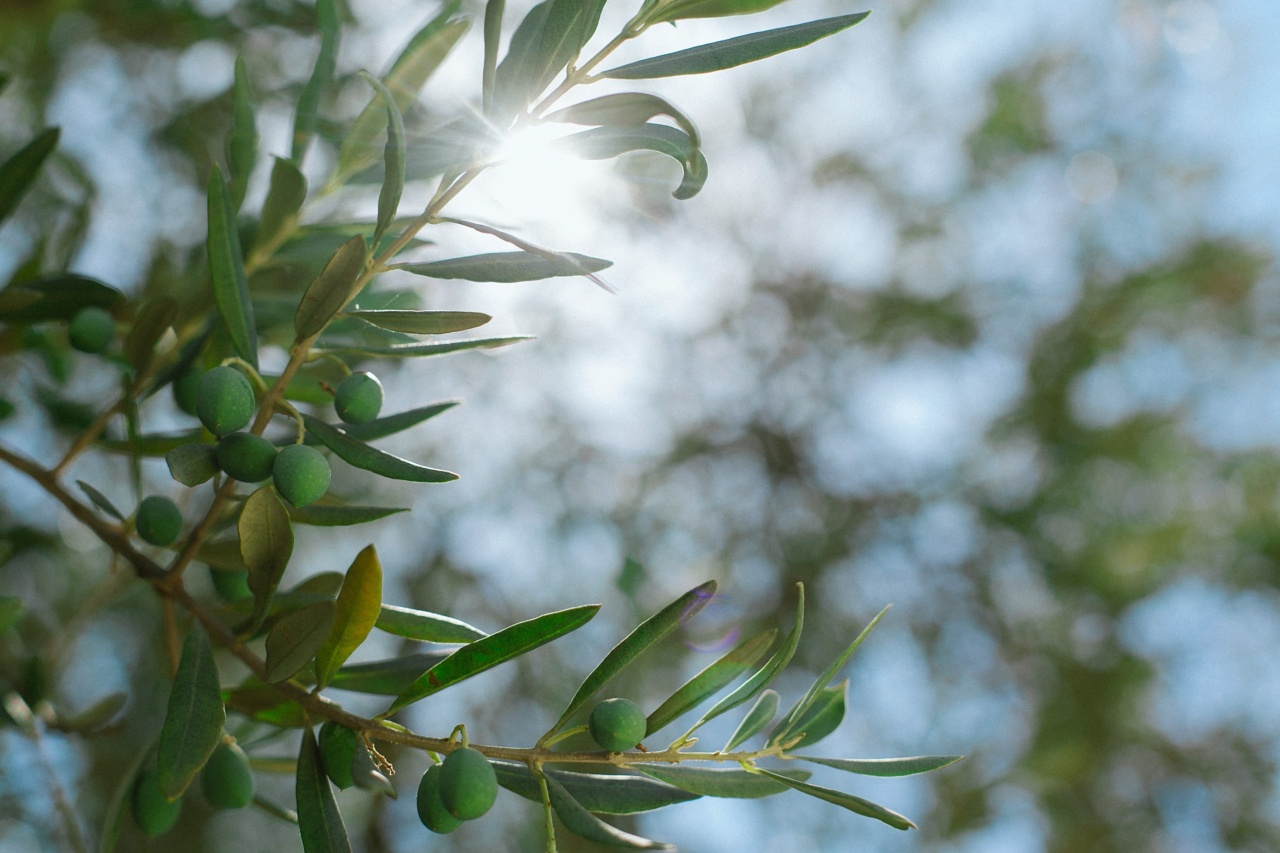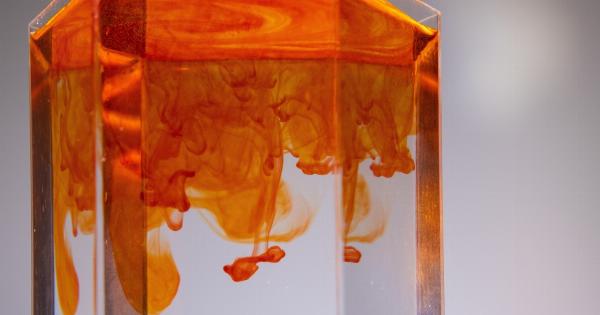As humans, we often tend to panic at the slightest sign of abnormality in our bodies. The emergence of a new lump, especially in the breast, is a cause for concern.
While some lumps may be benign and harmless, some may be an indication of cancerous growth.
In this article, we will discuss how to identify the variation between harmless olive and cancerous growth.
Understanding Breast Lumps
The lump in the breast is called a breast mass or lump. A breast lump can occur due to various reasons, including hormonal changes, cysts, or tumors.
Benign breast lumps are non-cancerous, meaning they are not life-threatening and do not spread to other body parts. They may cause discomfort or pain but are generally harmless.
On the other hand, cancerous breast lumps are malignant, meaning they are life-threatening and can spread to other body parts.
Causes of Breast Lumps
Harmless Causes of Breast Lumps
Hormonal changes are the leading cause of benign breast lumps. Many women experience breast lumps or thickening of breast tissues during their menstrual cycles.
During this time, the levels of estrogen and progesterone in the body fluctuate, leading to growth in breast tissues and the formation of lumps.
Another common cause of benign breast lumps is cysts. Cysts are fluid-filled sacs that are not cancerous. They occur when the glandular tissue in the breast overgrows and obstructs the milk duct.
They may cause discomfort or pain but are not life-threatening.
Cancerous Causes of Breast Lumps
The primary cause of cancerous breast lumps is abnormal cell growth. Cancerous breast cells grow rapidly and uncontrollably, forming a lump. Breast cancer can be classified into two types: Invasive and non-invasive.
Non-invasive cancerous breast lumps do not spread, while invasive cancerous breast lumps spread to other body parts.
Identifying the Variation: Harmless Olive or Cancerous Growth?
Identifying whether a breast lump is benign or cancerous requires a thorough examination by a medical professional. It is not recommended to self-diagnose or rely on online information. .
A medical professional will perform a physical exam and recommend further tests like mammograms, ultrasounds, or biopsies to confirm the diagnosis.
Harmless Olive – Characteristics
A harmless olive is usually small in size and can be easily moved under the skin. It is relatively smooth and not painful to the touch. Depending on the cause, it may disappear on its own or require treatment.
Cancerous Growth – Characteristics
A cancerous lump is typically hard and immovable, with an irregular shape and edges. The skin around the affected area may appear dimpled or puckered, like an orange peel.
It may also be accompanied by nipple discharge, inverted nipples, or changes in the breast shape or size. Cancerous lumps are often accompanied by pain, tenderness, or redness on the affected area.
Preventing Breast Lumps
While not all breast lumps can be prevented, some tips can make you less susceptible to them. These include:.
- Eating a healthy diet rich in fruits, vegetables, and whole grains
- Maintaining a healthy weight
- Exercising regularly
- Reducing alcohol consumption
- Quitting smoking
- Doing a self-breast examination every month
Conclusion
A breast lump does not always indicate cancerous growth. However, if you notice any changes in your breasts or have concerns about a lump, you should contact your doctor immediately.
Early detection and treatment of breast cancer can increase the chances of successful treatment and recovery.



























